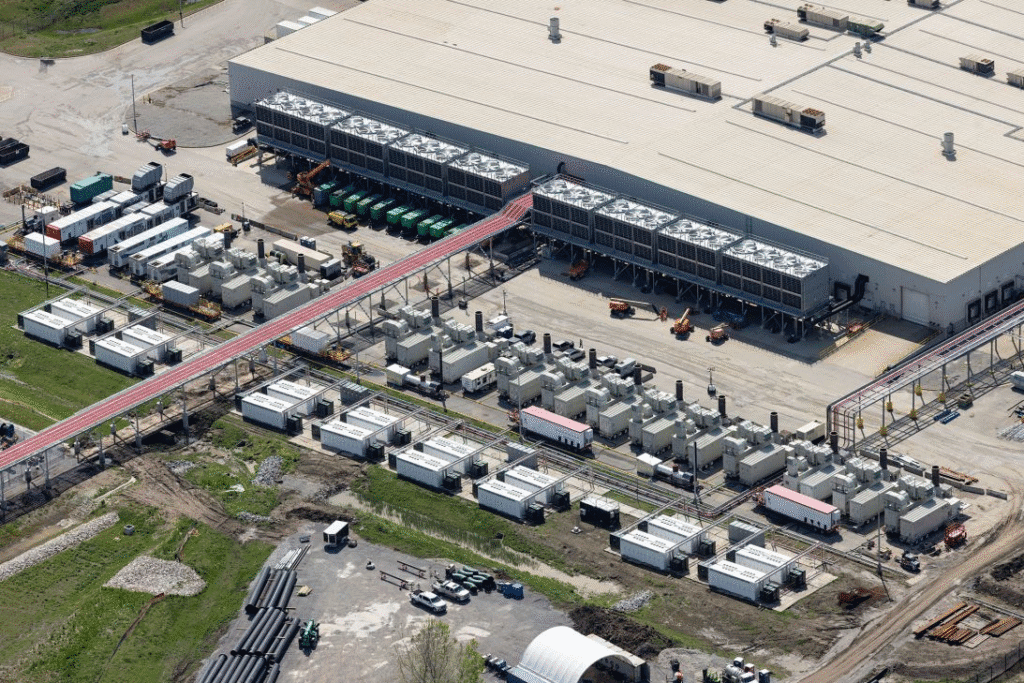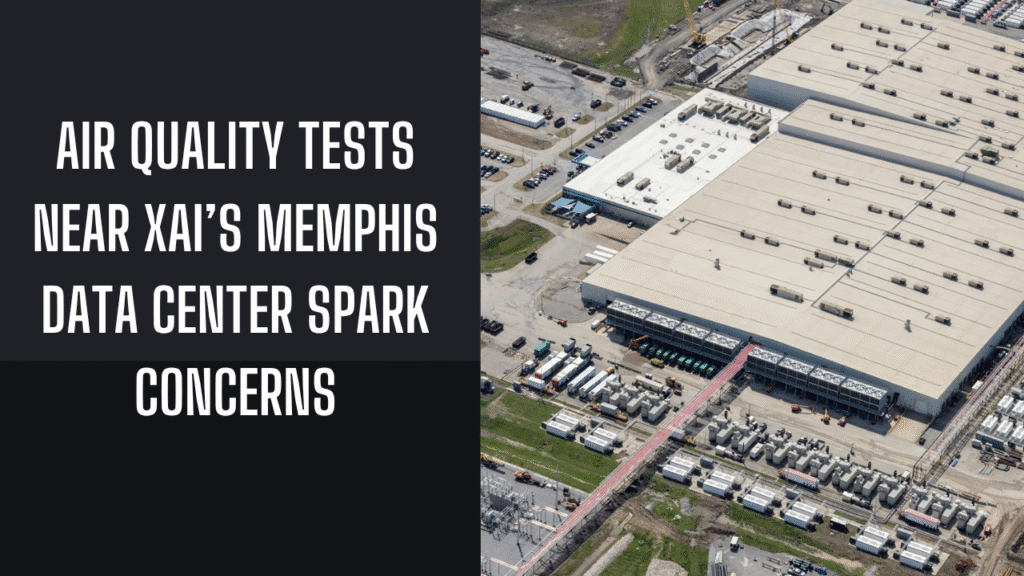Elon Musk’s artificial intelligence startup, xAI, is facing mounting criticism in Memphis over its new Colossus data center. The facility, powered by natural gas turbines, has alarmed local residents who worry it may be polluting the air in surrounding neighborhoods.
City’s Initial Tests Show No Immediate Danger But Questions Remain

Earlier this week, the city of Memphis released results from preliminary air quality testing conducted by a third-party contractor. The tests, carried out on June 13 and 16, measured 10 pollutants and concluded that none were present at levels considered dangerous. However, the findings have done little to calm community concerns.
Environmental Advocates Challenge Testing Methods and Omissions
The Southern Environmental Law Center (SELC), representing the NAACP, says the city’s assessment is incomplete and potentially misleading. One of their biggest criticisms? The tests didn’t include ozone—commonly known as smog—which is a key pollutant regulated by the EPA due to its serious health impacts.
“It’s unclear why the city would not test for this harmful pollutant,” the SELC stated.
Location and Wind Patterns May Have Skewed Results
The air monitoring took place in three Memphis neighborhoods: Downtown, Whitehaven, and Boxtown—the latter being the closest at just two miles from the xAI facility. On the test dates, prevailing winds were blowing from the south and southwest, making it unlikely that emissions from the data center would reach any of the sampling sites.
Moreover, formaldehyde—a known irritant and potential carcinogen—was detected in Downtown Memphis but at levels consistent with urban environments. That site, notably, is over eight miles from the data center.
Sensor Placement Raises Red Flags
Another point of contention is how the monitoring equipment was set up. Photos provided by the city show the sensors placed directly next to buildings, which violates standard air quality testing protocols. According to the EPA’s own guidelines, sensors should be elevated at least six feet and positioned away from walls, vegetation, or other obstructions that could interfere with accurate readings.
Legal Action on the Horizon?
The SELC is now weighing legal options. Representing the Memphis branch of the NAACP, the organization has warned that a lawsuit may be filed against xAI if proper air quality monitoring isn’t conducted moving forward.
With one of the country’s highest rates of asthma and respiratory issues, many Memphis residents say they can’t afford to wait for clearer answers—especially when the stakes are literally in the air they breathe.
Also Read : Federal Judge Rules in Favor of Anthropic Over Use of Copyrighted Books to Train AI

